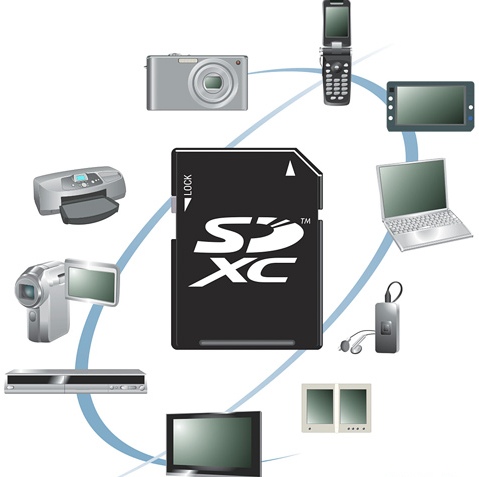The global ecosystem of more than 1,100 technology companies charged with setting interoperable SD standards, SD Association, has developed the next-generation SDXC (eXtended Capacity) memory card specification, which provides up to 2TB (terabytes) massive storage capacity with read/write speeds to 104MB/s this year, aiming to provide users larger capacity and faster transfer speeds for expanded entertainment and data storage.

“SDXC combines a higher capacity roadmap with faster transfer speeds as a means to exploit NAND flash memory technology as a compelling choice for portable memory storage and interoperability,” said Joseph Unsworth, research director, NAND Flash Semiconductors, at Gartner. “With industry support, SDXC presents manufacturers with the opportunity to kindle consumer demand for more advanced handset features and functionality in consumer electronics behind the ubiquitous SD interface.”
“With SDXC, consumers can quickly download higher quality content to their phones, including games, video and music – giving consumers a richer media and content experience,” said James Taylor, president of the SD Association. “The SD interface already has proven itself valuable in mobile phones. Now, SDXC memory card capabilities will spur further handset sophistication and boost consumer content demand.”
“SDXC is a large-capacity card that can store more than 4,000 RAW images, which is the uncompressed mode professionals use, and 17,000 of the fine-mode most consumers use. That capacity, combined with the exFAT file system, increases movie recording time and reduces starting time to improve photo-capturing opportunities,” said Shigeto Kanda, general manager of Canon. “Improvements in interface speed allow further increases in continuous shooting speed and higher resolution movie recordings. As a memory card well suited to small-sized user-friendly digital cameras, the SDXC specification will help consumers realize the full potential of our cameras.”